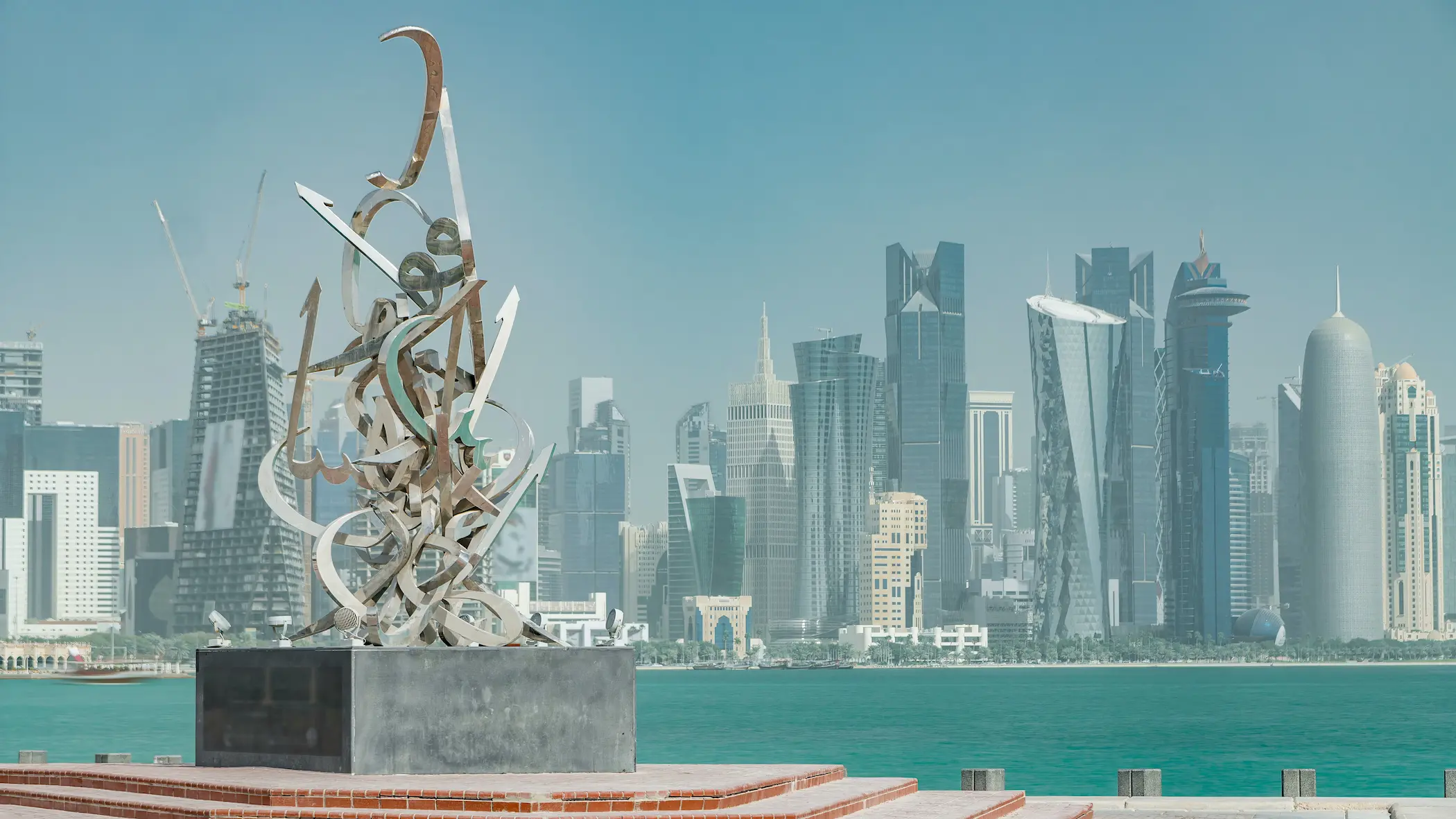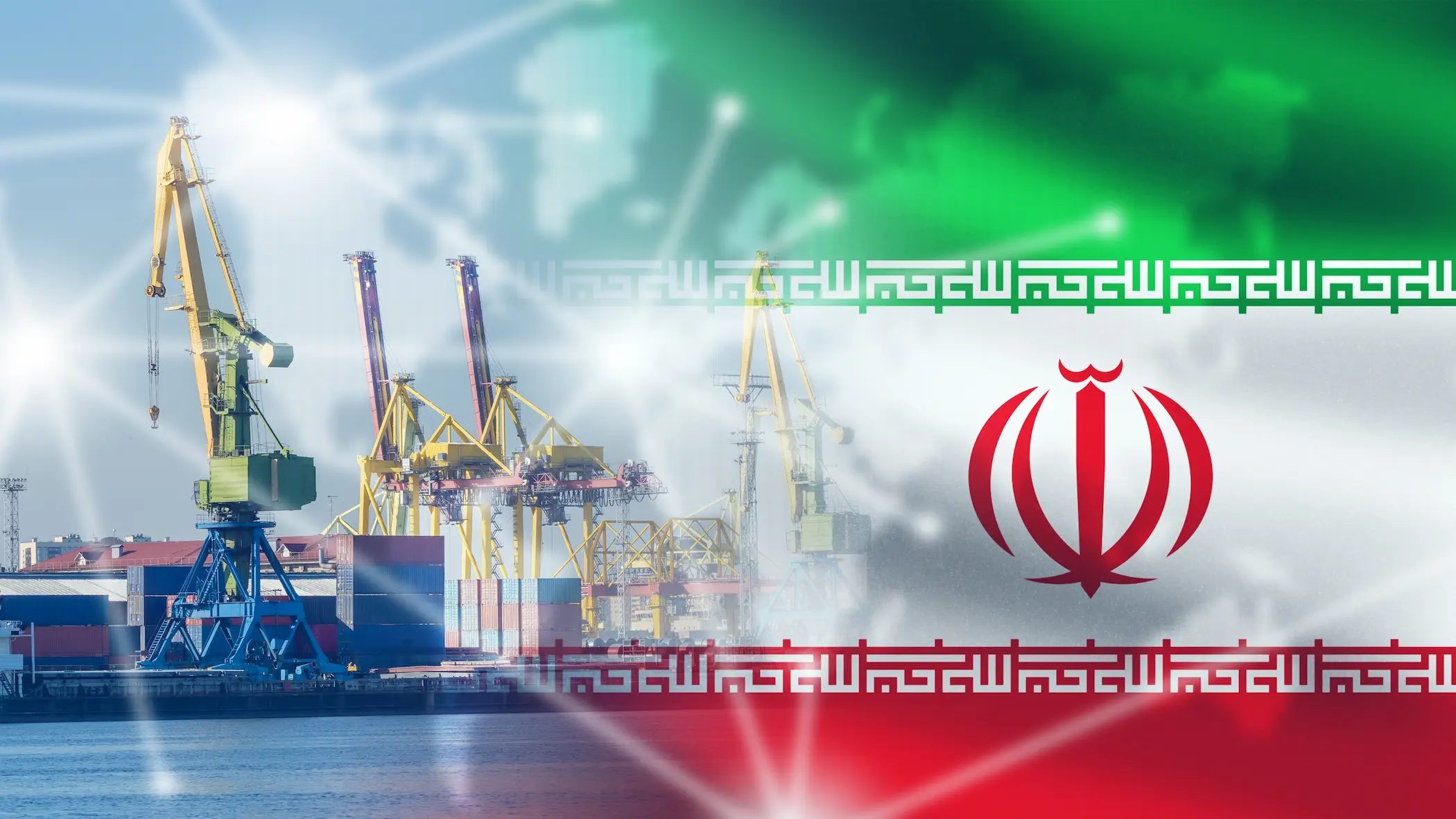With millions of people displaced, massive destruction, and the destruction of entire businesses, the Syrian Civil War wreaked chaos on the country’s economy since it started in 2011, and whilesome countries have started to discuss deportation policies, many refugees started to return home in the hopes of rebuilding their country after the fall of the Assad regime. While the repatriation of refugees holds the promise of economic revitalisation, the multifaceted challenges of reintegration and rebuilding complicate the picture. Hence, a gradual reintegration policy under certain conditions, including international support especially from countries hosting the refugees is required to foster sustainable recovery.
Syria’s Shattered Economy
According to estimates, more than 14.5 million Syrians, or 69% of the country’s population will be living in poverty by the end of 2024 mainly due to the aftermath implications of the Syrian Civil War coupled with the disaster caused by the Assad regime. One-fourth of the Syrian population was reported to be living in extreme poverty by the end of 2022, this situation has worsened in February 2023 when an earthquake rattled the region. Since 2011, the country’s GDP has witnessed a massive decline of about 85% and it is predicted to shrink by another 1.5% in 2024. The Civil War and the subsequent depreciation of the Syrian pound has drastically surged inflation and unemployment levels making prices of goods at an all-time high and varying above all thresholds.
Significant obstacles include inflation, mismanagement of the budget, dwindling agricultural and energy output, and pervasive poverty. Practically speaking, the Civil War has rendered Syria unable to produce energy or efficiently manage its energy resources. Before the Syrian Civil War, the country was able to manufacture a staggering 383,000 barrels of oil; this number has dramatically decreased to a measly 90,000 barrels. The agriculture sector has also suffered from a lack of farmland and access to basic supplies; the value of the Syrian pound has fallen 270 times in relation to the U.S. dollar; by 2023, the exchange rate had depreciated by 141%, reaching a peak of 13,000 Syrian pounds to the dollar from approximately 47 Syrian pounds to the dollar in 2011. This contributed to widespread hyperinflation and a 93% increase in consumer price inflation, in part because of the government’s reduction in subsidies, which has increased the cost of basic needs.
Additionally, international sanctions imposed by Western nations have targeted key sectors like oil and banking, restricting Syria’s access to foreign currency and investments; the regime drastically cut subsidies and tightened spending on capital projects, reducing fiscal expenditures by 87% in 2023 compared to 2010. The Captagon drug trade emerged as a significant source of income, generating up to $5.6 billion between 2020 and 2023; and, despite Syria’s efforts to forge closer economic ties with allies like Iran and Russia, these relationships have not completely offset the impact of its isolation from international markets, and exports fell by 89%.
Apart from the economic turmoil, Syria has also experienced a catastrophic loss of human capital, with millions more internally displaced and over 6.6 million people having fled the country, reducing the workforce and creating a shortage of skilled labor in critical sectors like engineering, healthcare, and education. Additionally, years of Civil War have disrupted education and training, creating a generational gap in expertise and innovation, which is a major obstacle to Syria’s economic recovery.
Despite officially ending 13 years of Civil War, Syria’s future remains uncertain following the recent fall of Damascus to rebel forces. According to U.N. estimates, 16.7 million Syrians, or more than 71% of the population, need humanitarian aid; however, many have not received it due to a lack of funding. The crisis is made worse by a collapsing economy, disease outbreaks, and hunger; more than 90% of Syrians are currently living in poverty. Due to the protracted Civil War, the country is currently experiencing a serious humanitarian crisis that is characterised by widespread displacement, depleted resources, and destroyed infrastructure.
In spite of these terrible circumstances, a large number of Syrian refugees have started to return home, motivated by the new prime minister’s appeals for residents to help rebuild the nation and by hope for a brighter future. As the new leadership views this moment as crucial for national rejuvenation, these returnees hope to take back their lives and contribute to the nation’s rehabilitation. The administration has underlined how important it is for returning refugees to help rebuild infrastructure, boost the economy, and promote social cohesion. But for these initiatives to be successful, reintegration measures that provide returnees a sense of security and stability must be put in place.
Postwar Reintegration Strategy
The Syrian government and the nations that are now housing these displaced people must work together to ensure that Syrian refugees are successfully reintegrated into their homeland. Mutual understanding and shared accountability must be the cornerstones of this partnership to guarantee that returnees have access to housing, work opportunities, and essential services. In addition to providing the framework for Syria’s rehabilitation and revitalisation, such measures will be essential for promoting long-term stability and halting more displacement.
Millions of Syrian refugees returning suddenly, however, could cause economic instability, overburden the system, and result in more displacement, which could impede the country’s transition to a post-conflict Syria and possibly spark a more serious humanitarian crisis. Due to years of Civil War, Syria’s economy is in ruins, with important industries like tourism, agriculture, and industry completely destroyed, leading to widespread unemployment and poverty. Furthermore, public sectors that are already overworked, like healthcare and education, would find it difficult to meet the additional demand. Therefore, to prevent overburdening Syria’s already frail economy, reintegration must be done gradually.
The implementation of a phased reintegration strategy enables the economy to gradually adapt to the increased demand for resources, promotes the parallel development of critical infrastructure, such as housing, transportation, and essential services, to accommodate the expanding population, and can aid in economic recovery by prioritising the return of refugees with high-demand skills, such as those in construction, healthcare, and agriculture.
Helping talented Syrian refugees return, particularly those living in the EU and other nations, can be very beneficial for Syria’s rehabilitation efforts. With their knowledge of areas vital to the country’s recovery, these experts can assist in restoring infrastructure, enhancing healthcare, and increasing agricultural output. Their return may have a multiplicative effect, creating job opportunities for both current inhabitants and returnees. The establishment of a peaceful and successful Syria may be greatly aided by these returnees, who might drive economic growth and fill important skill gaps. But in order to attract those skilled refugees they must be given access to complete reintegration support packages, which include mentorship programs, financial resources, enticing incentives like tax exemptions, and business opportunities might persuade talented refugees to return and contribute to Syria’s reconstruction.
In addition to providing guaranteed employment opportunities, particularly in critical sectors like construction and healthcare, giving refugees access to skill development programs like vocational training and language courses will increase their employability in the changing Syrian job market. The provision of financial assistance through microloans or grants will enable refugees to start businesses, buy necessities, and rebuild their lives. Microfinance institutions can provide business training and establish business incubators, which would foster long-term economic opportunities and stimulate the local economy. A multifaceted reintegration effort necessitates a collaborative approach to ensure refugees are supported both economically and socially.
Furthermore, it is critical to allow access to reasonably priced housing, first-rate medical care, and dependable basic utilities like power, water, and education. Reintegrating refugees successfully requires ensuring their safety and security through efficient law enforcement and the repair of vital infrastructure. Infrastructure rehabilitation is another major area in which refugees can assist. They can be engaged to assist rehabilitate Syria’s houses, schools, hospitals, and roads through public works projects. These measures would create work opportunities while also addressing the housing issue. Furthermore, in order for refugees to properly integrate into the Syrian labour force, inclusive employment regulations, such as legislation prohibiting discrimination based on religion, ethnicity, or refugee status, are required. Tax advantages for employers who take in refugees may inspire additional businesses to hire more workers.
Additionally, Syria’s economy is based primarily on agriculture, so rural development and agriculture are essential elements of the reintegration process. Initiatives aimed at inviting resettling refugees to engage in farming can improve food security and support economic stability. Giving returnees access to land, seeds, tools, and irrigation systems can aid in their efforts to rebuild their livelihoods. Moreover, incorporating sustainable farming practices and encouraging the expansion of agribusiness could boost agricultural output, generate employment, and reinforce the local economy.
Besides, integrating refugee remittances into the local economy provides another opportunity for economic progress. Many migrants send money to their families, and formalising remittance routes can help local economies. In order to foster community growth and create long-term economic opportunities, encourage refugees to spend their profits in nearby companies or charitable endeavours.
Another crucial component of the reintegration process is rebuilding trust and fostering reconciliation between local populations and refugees. Involving people and refugees in local development project decision-making helps promote a sense of shared accountability and ownership for reconstruction. Initiatives to raise cultural awareness can also help to promote peaceful coexistence and better understanding.
Finally, this focused reintegration is a long process that will take years to be implemented, and it necessitates a well-coordinated and planned effort by the Syrian government, international organisations, and nations that host Syrian refugees. Public-private collaborations among NGOs, governments, and the corporate sector can be extremely important for the reintegration process and long-term economic growth. This can be accomplished by fostering global consensus through frameworks such as the Global Compact on Refugees and the 1951 Refugee Convention, which can enable donor countries to make explicit pledges to support financial and technical reintegration initiatives. Host countries, in collaboration with international organisations, should enter into multilateral agreements to elevate refugee reintegration on the global agenda. Significant assistance can be provided by international institutions including the United Nations Development Programme (UNDP), the World Bank, and the International Monetary Fund (IMF). The World Bank might contribute technical know-how and financial support for rehabilitation projects. The IMF can stabilise the Syrian economy and encourage long-term expansion. The UNDP can help local communities and make it easier for refugees to reintegrate.
As a result, successful reintegration of Syrian refugees is a complicated and diverse mission that necessitates a comprehensive, collaborative strategy. The Syrian government and the nations that host Syrian refugees can work together to establish the conditions for everyone’s safe, dignified, and sustainable return. The gradual return of refugees brings not just labour and skills, but also the possibility of bridging the divide between broken communities. The success of these endeavours is dependent on the new government’s capacity to provide demonstrable results, maintain political stability, and secure international funding for reconstruction operations. This will be crucial to fulfilling the new government’s vision of adopting a free market model by integrating the country into the global economy as stated by Bassel Hamwi, head of the Damascus Chambers of Commerce, three days after rebel forces toppled President Assad. Without these key stages, Syria’s rebuilding efforts may crumble due to unsolved difficulties and unmet expectations.
References
Azhari, Timour. “Exclusive: Syria’s New Rulers Back Shift to Free-Market Economy, Business Leader Says | Reuters.” Reuters, December 10, 2024. https://www.reuters.com/world/middle-east/syrias-new-rulers-back-shift-free-market-economy-business-leader-says-2024-12-10/
Davidoff-Gore, Samuel, and Susan Fratzke. “The Complicated Reality of Syrians’ Return – Syrian Arab Republic.” ReliefWeb, December 19, 2024. https://reliefweb.int/report/syrian-arab-republic/complicated-reality-syrians-return
Group, World Bank. “Syria: Growth Contraction Deepens and the Welfare of Syrian Households Deteriorates.” World Bank, May 24, 2024. https://www.worldbank.org/en/news/press-release/2024/05/24/syria-growth-contraction-deepens-and-the-welfare-of-syrian-households-deteriorates
Lehmann, Julian. “Syria: Only a Return Policy That Focuses on Development Will Be a Good One [En/de] – Syrian Arab Republic.” ReliefWeb, December 17, 2024. https://reliefweb.int/report/syrian-arab-republic/syria-only-return-policy-focuses-development-will-be-good-one-ende
Slemrod, Annie. “Syria Faces Huge Humanitarian Challenges as It Begins Post-Assad Era.” The New Humanitarian, December 13, 2024. https://www.thenewhumanitarian.org/analysis/2024/12/09/syria-faces-huge-humanitarian-challenges-it-begins-post-assad-era
Staff, UNHCR. “What Do Recent Events in Syria Mean for Syrian Refugees?” UNHCR, December 11, 2024. https://www.unhcr.org/news/stories/what-do-recent-events-syria-mean-syrian-refugees
UN Refugee Agency, UNHCR the. “The Global Compact on Refugees.” UNHCR, 2024. https://www.unhcr.org/about-unhcr/overview/global-compact-refugees













Comments